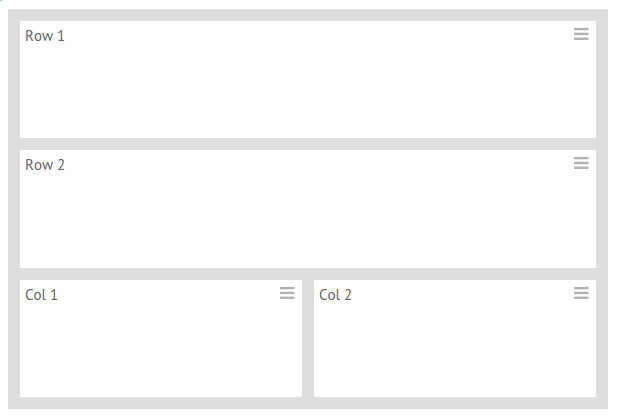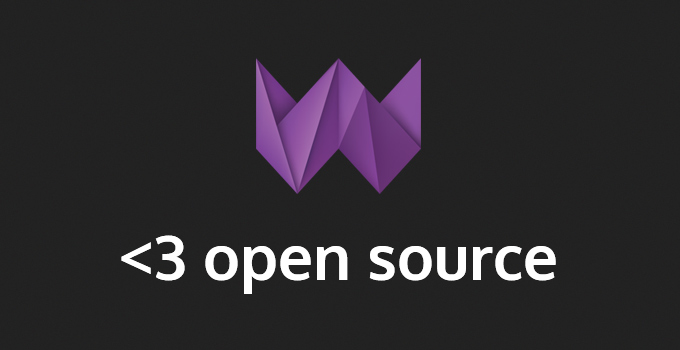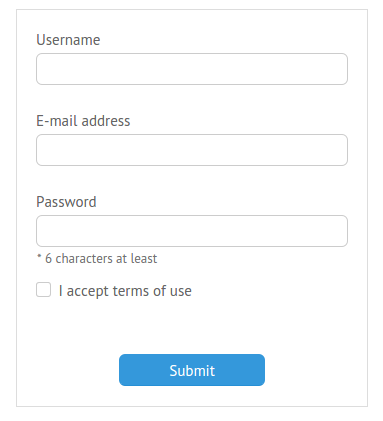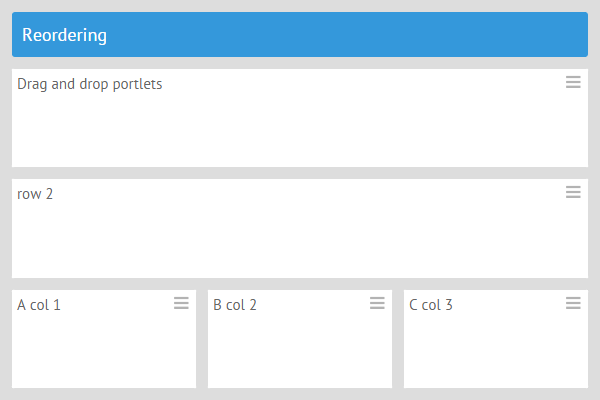We are glad to announce our small but effective and long-expected Webix update 2.5! Firstly, we can boast of Microsoft Edge support. Despite this new browser for Windows 10 hasn’t been released yet, Webix widgets already support it. Secondly, we’ve improved our complex widgets such as Pivot and Kanban, as well as added an opportunity to block time in Calendar widget. And the final traditional update is bugs fixing.
If you are too busy to read the whole post, you can download a new library version here.
Microsoft Edge ready
Since the version 2.5, Webix supports Microsoft Edge, which is a default browser for upcoming Windows 10. Microsoft has announced that it would have plenty of JS improvements over IE11 and similar performance to Chrome and Firefox browsers.
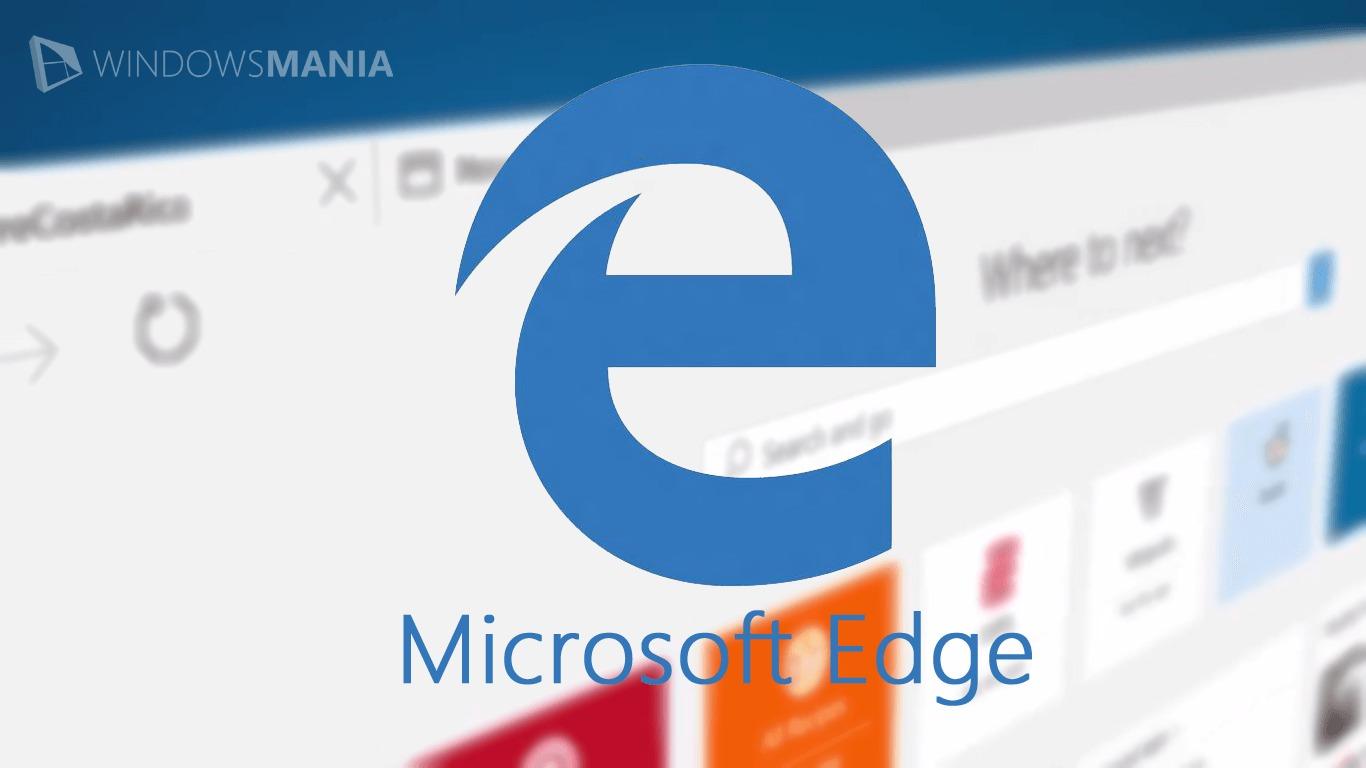
Webix is MS Edge ready, which means that your web apps will run flawlessly across a new cutting edge browser as soon as it is officially released (on July, 29).
